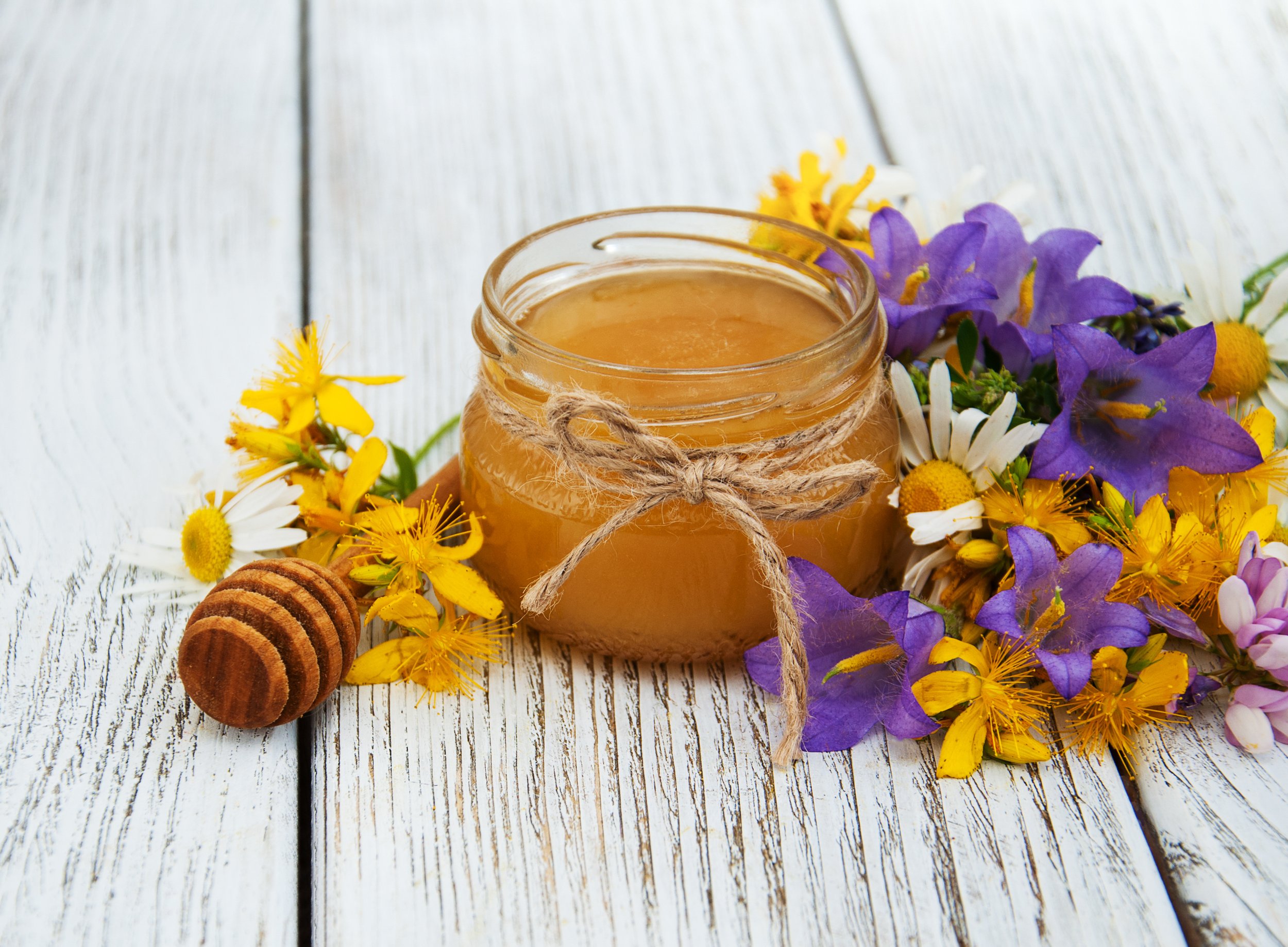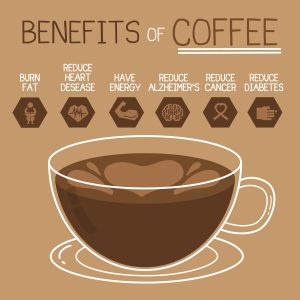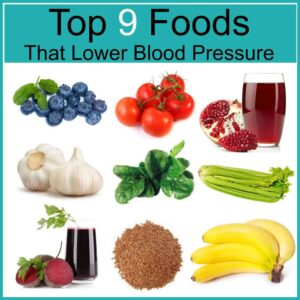The obesity and diabetes epidemics, in the words of Margaret Chan, director general of the World Health Organization, are a “slow-motion disaster.” In 2016, the prevalence of overweight and obesity exceeded 50% in 65% of the nations studied by Euromonitor International, while it exceeded 70% in the US, Venezuela, and Mexico. In terms of money, obesity cost the US an estimated US$147 billion in 2008, while the UK was believed to have incurred a charge of £61 billion (or £259 per person).
The primary villain in our food and beverages, sugar, has been depicted by the mainstream media as a parallel to the growing obesity epidemic. An expanding connection between sugar consumption, obesity, and dietary-related illness supports this.
Sugar is now portrayed negatively to the extent where it is contrasted with other hazardous substances like alcohol, tobacco, and even some hard drugs. Sugar is as harmful as cigarettes in the way we consume it, as Seattle Mayor Ed Murray recently stated. Even if focusing on and vilifying a single food ingredient may not always be the most effective strategy for changing one’s diet, it is unquestionably justified when consumption of that item soars. Since sugar is widely present in foods and beverages marketed to children and adolescents, it is crucial to address this issue.
Sponsered5
Today sugar is the enemy of our health and governments’ most recent decisions support this
According to statistics from Euromonitor International’s Passport Nutrition, there is a considerably larger intake of sugar from packaged foods and soft drinks in nations where overweight and obesity are more common. Both established and emerging markets share this, notwithstanding the latter’s past link to malnutrition.
Accordingly, the WHO issued a statement in 2015 intending to reduce free sugar consumption to less than 10% of daily calories, with a 5% share offering extra advantages. If you choose the lower 5% of calories, 10% of an adult’s calories amount to about 50g of sugars, or 25g. In addition, the WHO advised all governments to impose a least 20% excise tax on all sugary drinks in September 2016. There are already 19 nations that impose such a tax on sugar or sugary soft drinks in response to this recommendation and other government decisions made before 2016, and at least 10 other countries have either decided to enact such a tax or are currently discussing the feasibility of doing so.
Having said all of this, the success of new foods and beverages in the present-day marketplace depends largely on the type of sweetener they employ and the amount of sugar they contain in the finished product.
Sponsered5
Where does the world’s sugar consumption come from and why?
Passport Nutrition data show that the average global consumer purchased 73g of sugar a day from packaged and fresh food, and soft and alcoholic drink products in 2015. 22% of this – 16g – came from sugar and sweeteners (such as table sugar) alone, followed by 19% – 14g – from fruits (coming from intrinsic sugars), and finally, in third place, soft drinks providing 16% of sugar – 12g per capita per day. The proportion of sugar purchased from soft drinks compared to packaged food varies between regions, but in both North and Latin America soft drinks represent a significant 29% and 23% of sugar purchased, respectively. Fruit, vegetables and dairy also contribute a substantial amount of total sugar, but when speaking of sugar in terms of health and obesity, intrinsic sugars contained in whole fruit or unsweetened dairy are currently considered relatively insignificant. While the sugar contribution from sugar and sweeteners has been dropping, the contribution from soft drinks, baked goods and confectionery has been rising.
While a lot of the anti-sugar movement in the mainstream press has focused on the large amount of sugar in products, the cost of food has largely been left out. Sugar is a relatively cheap commodity and ingredient, which has in part ensured that high-sugar products remain low in cost. While the amount of sugar that can be bought for USD1 varies between different types of food and beverage, depending on other production costs, the average global consumer can buy 30g of sugar if they were to spend that dollar on flavoured yoghurts, 58g if it were sweet biscuits, 72g on juice, 114g on juice drinks and 132g of sugar if they were to spend that dollar on carbonates. With so much sugar bought so easily with so little money, one could argue it is far too easy to exceed the recommended free sugar consumption.
For companies such as Coca-Cola, PepsiCo and Dr Pepper Snapple Group, carbonates are the greatest source of sugar sales among packaged food and soft drinks categories. On the other hand, Mondelez, Mars and General Mills provide most sugar through biscuits and snack bars, followed by sweet and savoury snacks. The remaining top 10 sugar sellers, depend largely on dairy as a channel for sugar sales, though this category also incorporates the intrinsic sugar present in dairy – lactose.
Sponsered5
Healthy snacking continues trending in developing markets, and awareness around sugar content takes centre stage
Sweet snacks, such as biscuits, snack bars and confectionery, seem to be the obvious targets in terms of the sugar reduction movement. Jointly contributing over 20g of sugar per capita per day in some of the greatest consuming markets, these categories have been doing poorly according to the latest packaged food data, especially in North America and Western Europe. While still in the age of snacking, there has been a clear shift to “healthier” products. Discrepancies regarding what is perceived to be healthy, along with a growing free-from trend, help companies capitalise on products like Nakd (recently acquired by Lotus Bakeries), Clif and Primal Pantry (part of Cadbury’s recent investments), which have all focused on natural and/or no added sugars. Despite the per 100g sugar content of the average fruit and nut bar being comparable with that of the average chocolate bar, fruit and nut bars win owing to the erroneous consumer perception that what is “natural” is also healthy.
Speciality sweeteners are going strong in Asia Pacific and the Middle East and Africa, but natural is where it’s headed
Consumer perception is a critical factor in a product’s success. Some may choose to avoid sweeteners with alleged negative health impacts, and opt for the more “natural”, such as honey, coconut sugar, agave syrup or brown rice syrup. Many people find the natural element of alternative sweeteners highly appealing. For example, in the past five years, while sales of sucrose have been dropping, sales of its natural counterpart honey, which also allegedly provides invaluable antioxidants and vitamins, have been growing strongly. Factors like low glycaemic index, as is the case for coconut sugar or agave syrup, also promote consumption of natural sweeteners. Nevertheless, despite their natural sourcing, such sweeteners still contribute to calorie intake, and to weight gain and diet-related diseases. Moreover, they are also associated with tooth cavity formation – another significant health problem associated with sugar intake. There is a definite shift towards natural sweeteners; however, from a nutrition and health point of view, they do not provide any additional benefit, nor are they less detrimental to health than conventional beet/cane sugar. Despite increasing attention to sugar, both honey and sugar sales are expected to grow substantially over the 2015-2020 forecast period.
Nevertheless, with sugar increasingly known as an “unhealthy” ingredient, there is a growing trend for sugar-free products. Current demand for natural ingredients puts most speciality sweeteners at a disadvantage, as consumers avoid artificial additives. While demand for speciality sweeteners is declining in the developed regions of Western Europe and North America, growth is expected to continue in emerging regions, particularly Asia Pacific and the Middle East and Africa. In 2015, over 588,000 tonnes of sweeteners made it into conventional snacks, 73% of which was in confectionery products. Future development in sweeteners will focus almost entirely on finding new natural sweeteners, which can follow the success of stevia (which experienced a 39 CAGR% over the 2011-2015 period). There will also be further refinement of stevia, with the goal of providing a sweetener that enables 100% sugar replacement, tastes good and is natural. This will see new manufacturing methods, such as fermentation, increase in prominence.
Sponsered5
Sugar’s days are numbered – what will fill its shoes?
There is a clear shift towards more natural and less added sugar products, especially in the developed markets; however, what is even more obvious is that the sweetness preference is still strong. When developing new sweet product, the key question is: how will the producer merry good flavour with low sugar content? Added sugars get increasingly negative consumer perception, while naturally contained sugars remain on the goodie list for now. Nevertheless, shoppers are increasingly more educated and if they follow new governments’ guidelines, natural sugars such as lactose from milk products, or fructose from dried fruit or juice, are also to be avoided. This also goes for natural sweeteners such as brown rice syrup or coconut sugar. Natural, low to no sugar, and providing great flavour are the answer to the successful sugar substitute, but who or rather what will fill its shoes?
- High-Fiber Foods You Might Include In Your Weight Loss Diet
- 5 Beverages High In Vitamin C You Can Include In Your Diet To Improve Immunity
Sponsered5




